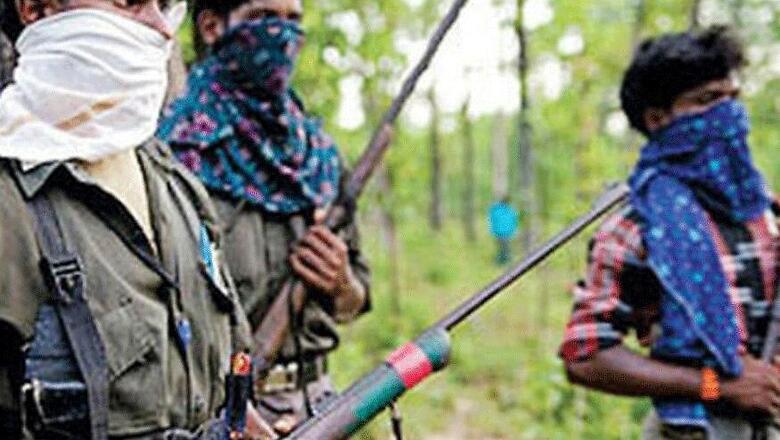
views
A Maoist leader was killed in a shootout with Kerala police at a resort on Wednesday. The manager of the resort has claimed that the Maoists did not fire first, as police officials have alleged, and the relatives of the deceased – CP Jaleel – have termed the encounter as ‘fake’.
In the larger Maoist insurgency spread across the Dandakaranya zone, concentrated in south Bastar, which has seen a lot of violence and bloodshed, the death of a Maoist leader in a faraway district in Kerala may seem like a minor victory for the forces.
But Wednesday’s encounter between Maoists and police force could also be read as a sign of a brewing security scare in the state.
Multiple intelligence inputs to Kerala’s police over last at least couple of years have suggested an expansion of Maoist influence in the KKT (Kerala Karnataka Tamil Nadu) tri-junction area.
Of the three states, Kerala has been flagged to be in the most worrisome position. Here’s why -
1. Maoists have created their base and training grounds deep inside the tri-junction jungles – the space that was occupied and ruled over by the infamous sandalwood smuggler Verappan for over three decades.
2. While the other two states have, in course of dealing with Veerappan, developed significant intelligence and know-how of the terrain inside the dense jungles, Kerala has comparatively little ground sense of the situation.
3. Kerala possesses relatively milder fire and manpower in comparison to Maoists, allowing them over time to take greater risks and run an extortion racket from local tourism industry in Kerala.
4. The dense jungles of KKT tri-junction do not have clearly marked boundaries. The obvious impediment in tracking down Maoist activities in one’s own boundaries is further compounded by the lack of intel-sharing between the three states.
5. Intel agencies have also raised issues about Maoism spreading the fasted in places which have least government penetration and consequently maximum dissatisfaction against the state.
As it happens, all such districts fall in Kerala – Wayannad (where Wednesday’s encounter happened), Mallapuram, Kannur, Kozhikode and Palakkad.
An intel report submitted to Kerala said, “Due to frequent operations by [forces of] Karnataka and Tamil Nadu, Naxals were forced to flee towards the jungle areas of Kerala. But for Kerala, combing operation is new to them and requires assistance. Kerala has vast jungle areas that are unexplored.’
The report goes on to state, ‘As of now, the situation is getting degrading and in a few years Naxalism will have a consolidated front in Western Ghats and tri-junction area.’
Multiple alerts on arms training being delivered to cadres in the jungles of tri-junction have been raised over the last two years. While forces are yet to confirm the presence of central committee members of CPI (Maoist) in these jungles, regular operations in South Bastar, and surrender of senior leaders like Sudhakar, have been pushing Naxals to open base through their Western Ghats Special Zonal Committee (WGSZC) in these areas, whose primary focus so far has been in Kerala.



















Comments
0 comment